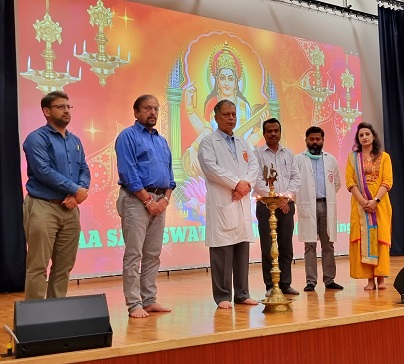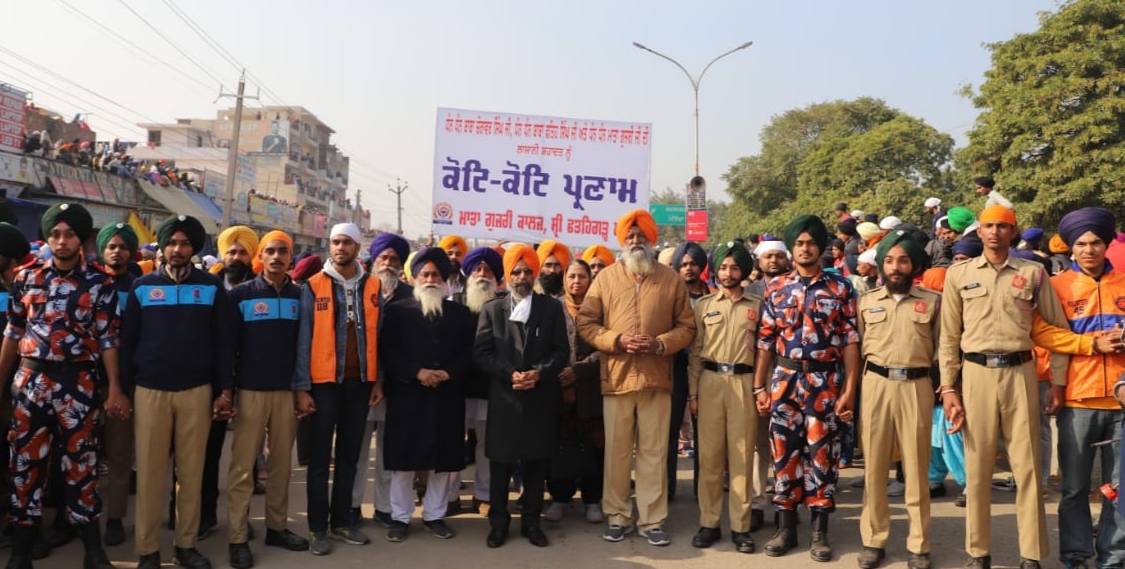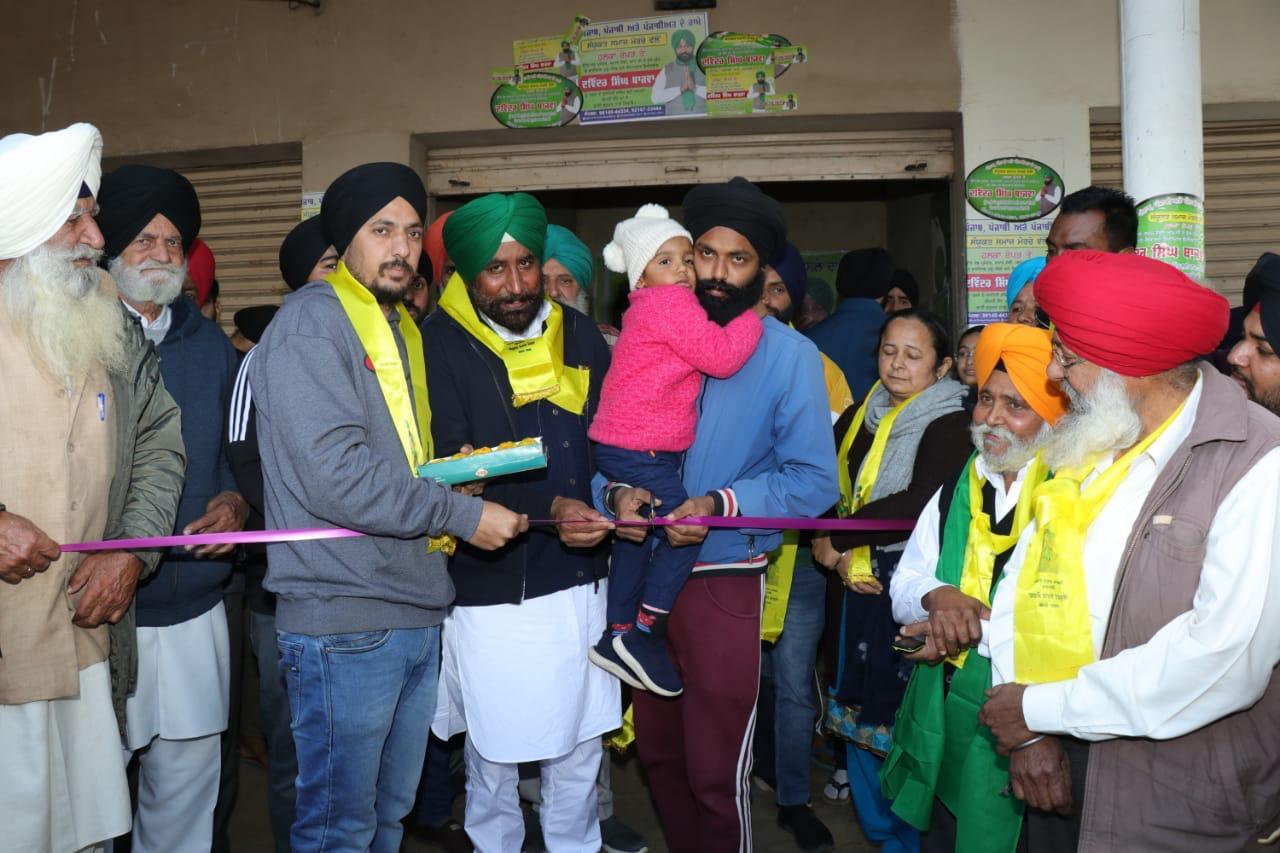Punjab floods – a natural disaster or manmade?
Kanwar Inder Singh/ royalpatiala.in News/ August 27,2025
These days Punjab’s Majha, Doaba and parts of Malwa are reeling under severe floods. Heavy rain and overflowing rivers caused widespread devastation across many districts of the state.
Release of water from Bhakra, Pong and Ranjit Sagar dams has worsened the situation. Many villages near the rivers have been cut off, submerged as deep as 15 feet into flood waters, bridges damaged, fields waterlogged and water inundated the houses. In several areas breach in bundh affect crops across thousands of acres in many areas.
In two years, two floods have affected the life of Punjab. Are the floods a natural disaster or have been caused to occur due to the negligent behavior of officers of Punjab Water Resources (Irrigation) department or Bhakra Beas Management Board (BBMB)?
When royalpatiala.in team asked this question on the alleged manmade flood situation, officers on the condition of anonymity said: “it seems more a manmade disaster and less as a natural one”.
They alleged that the water resources department failed to gauge the situation on time and due to their mismanagement the situation aggravated the crisis which could have been averted with smart handling by the experienced officers.
“When they (officers and engineers) knew that there is around 12 percent natural slope from Shivalik hills to Ferozepur and can’t hold water in seasonal rivulets , they seems to failed in making advance planning,” said a senior official who have worked in the state irrigation department for many years and have handled such situation a number of times. He doesn’t want to be quoted.
“When the water inflows were heavy in river Beas, as compared to river Satluj then what was the need to release the more water in Satluj,” questioned another official.
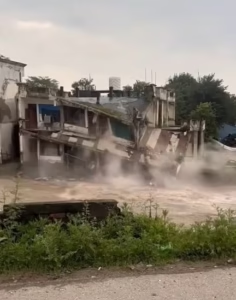
It is alleged that with heavy outflow of water “Lock Mechanism” restricted the seasonal rivulet, Beas water and Ravi water to move further. Due to this area under Beas river –Kapurthala, Amritsar Tarn Taran districts and Pathankot, Gurdaspur under Ravi river are flooded.”
Another officer on the condition of anonymity added, “the officers must allow the region’s seasonal rivulet to pass than Beas water to move and hold the Satluj water till beas water recedes. The Bhakra dam which is built on river Satluj and in extreme case of emergency can hold the water upto 1690 feet (maximum reservoir level-as per BBMB official document) instead of 1680 feet, as being repeatedly publicized by the officials now.
In the past, during extreme rainfall events, water levels have reached up to 1,685 feet, then why did the need arise to release water at 1666 feet when the water can be held for a few days more and the excess water can be released after that.”
Similarly, the Pong dam is built on river Beas and the danger level for Pong Dam is set at 1,390 feet, and when the water level reaches or exceeds 1,410 feet, it is considered the dam’s highest flood level. Then what is the need to release the water in large quantities by opening the floodgates beforehand when the dam can hold more water for some more time.”
An officer on the condition of anonymity added, “it seems the chief engineer, canals of Punjab water resources department who is the Punjab government nominee in BBMB’s technical committee which decides release of water from spillways (floodgates) had not raised any objection within his department and the BBMB authorities to release the water in planned way, not release the dams water in one go and hold the water for some time till the region’s seasonal rivulet passes and avoid the ‘Lock Mechanism’ situation.”
As per available information, principal secretary of Punjab water resources department Krishan Kumar, IAS has given the green signal to BBMB to release the water.
Indira Gandhi (Rajasthan) Canal and Sirhind Canal (Sirhind Feeder) both canals take off from the Harike Headworks to supply water to Rajasthan and parts of Punjab. But both these canals are closed to even take a few thousands cusecs of flood water due to heavy silt in waters.
Meanwhile BBMB Chairman Manoj Tripathi and chief engineer canals, Punjab Sher Singh couldn’t be contacted despite repeated attempts.
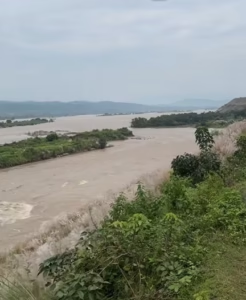
When contacted chief engineer Drainage Punjab water resources department Hardip Singh Mehndiratta , on whether CE Canal has taken him into confidence before giving his accent to BBMB to release the waters from dams as its drainage wing job to manage the flood waters he said, “we are managing the current flood situation in a systematic way, in close coordination with the BBMB, Punjab water resources canal department. We can’t hold the water in dams for a long time due to their safety issue and as water inflow was heavy it has to be released in a phased manner. When the inflow was reduced, the outflow was also reduced from Pong dam.”
He further added that “due to silt in water, the Indira Gandhi (Rajasthan) Canal and Sirhind Canal (Sirhind Feeder) are closed, the water is flowing to Pakistan”.
Once again, a big question arises, by whose fault the Punjab is suffering-due to officers’ apathy or it’s a nature’s fury?








